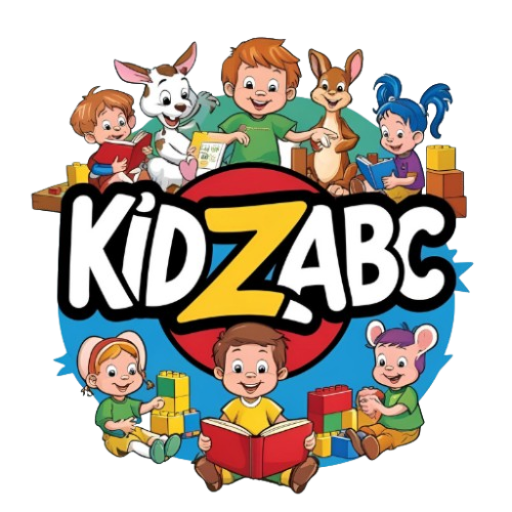Are you thinking about your kids? How can their limitless curiosity and energy be directed in a pleasant and creative way? The answer is very simple Arts and Crafts! Arts and Crafts Ideas for Preschoolers is not just a way to keep them busy, it is an essential part of their development. Through this, fine motor skills, problem-solving skills, and imagination increase in children.
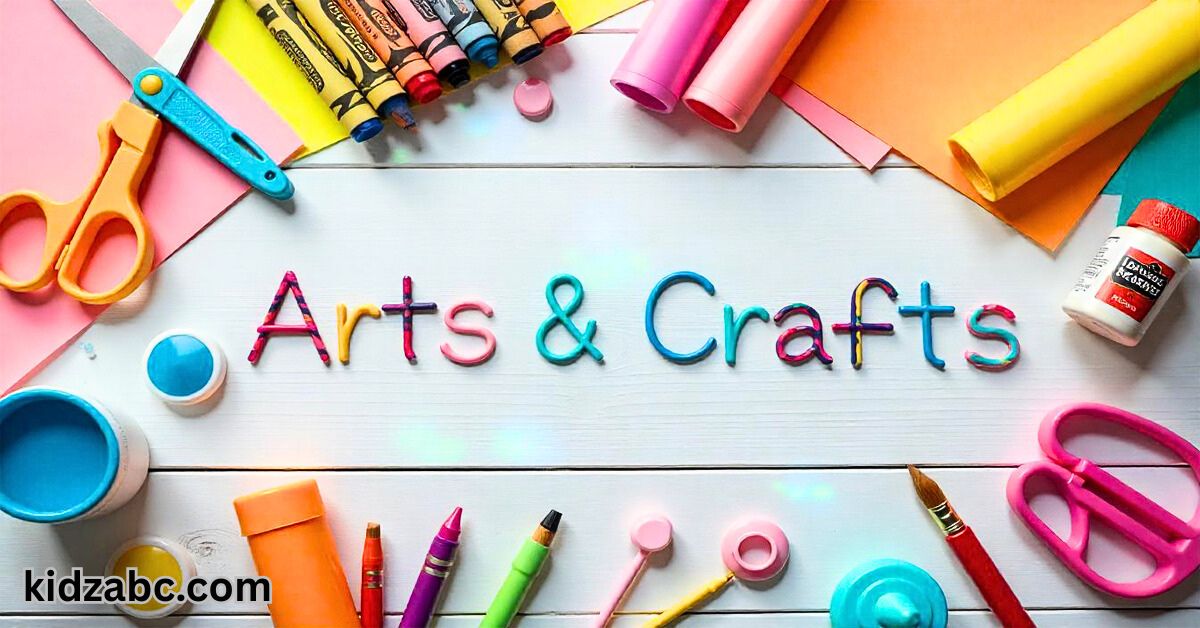
This blog post, We bring you 10 easy and fun Arts and Crafts Ideas for Preschoolers that you can make with your child using common household items. These crafts will make your child’s childhood more colorful and give you some beautiful memories. Let’s get started!
10 Easy Arts and Crafts for Preschoolers
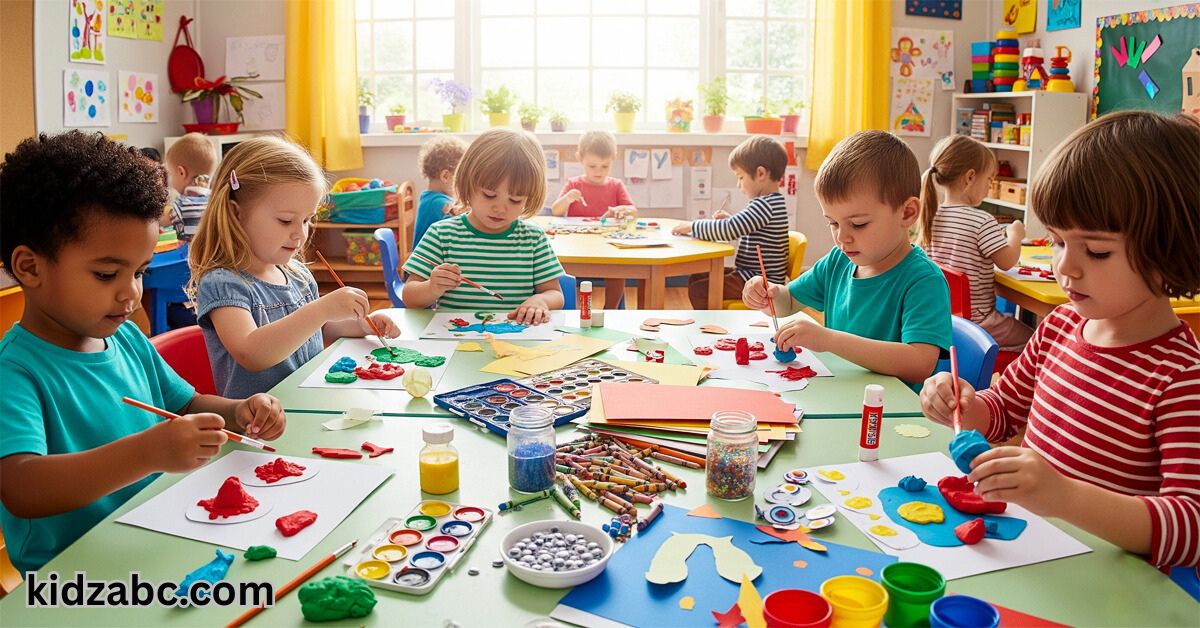
In addition to playing sports, it is very important to keep children involved in various educational and enjoyable activities for their physical and mental development during childhood. Arts and Crafts Ideas for Preschoolers are one such medium that not only enhances their creativity, but also improves their fine motor skills and problem-solving abilities. Especially for preschoolers, such activities can be a great way to learn and have fun. In this blog post, we will discuss 10 easy arts and crafts for preschoolers, which you can easily do at home or at school.
1. Handprint Animals
Making different funny animals using handprints is a fun activity for preschoolers. Through this, they can get familiar with the shape of their hands and imagine the shapes of different animals.
Materials: Paper, different colors of watercolor or poster paint, brush, marker or pen.
Method:
- First, apply the color of your child’s hand.
- Carefully imprint that colored hand on the paper.
- When the imprint is dry, use a marker or pen to draw eyes, mouth, ears and other features that match the handprint.
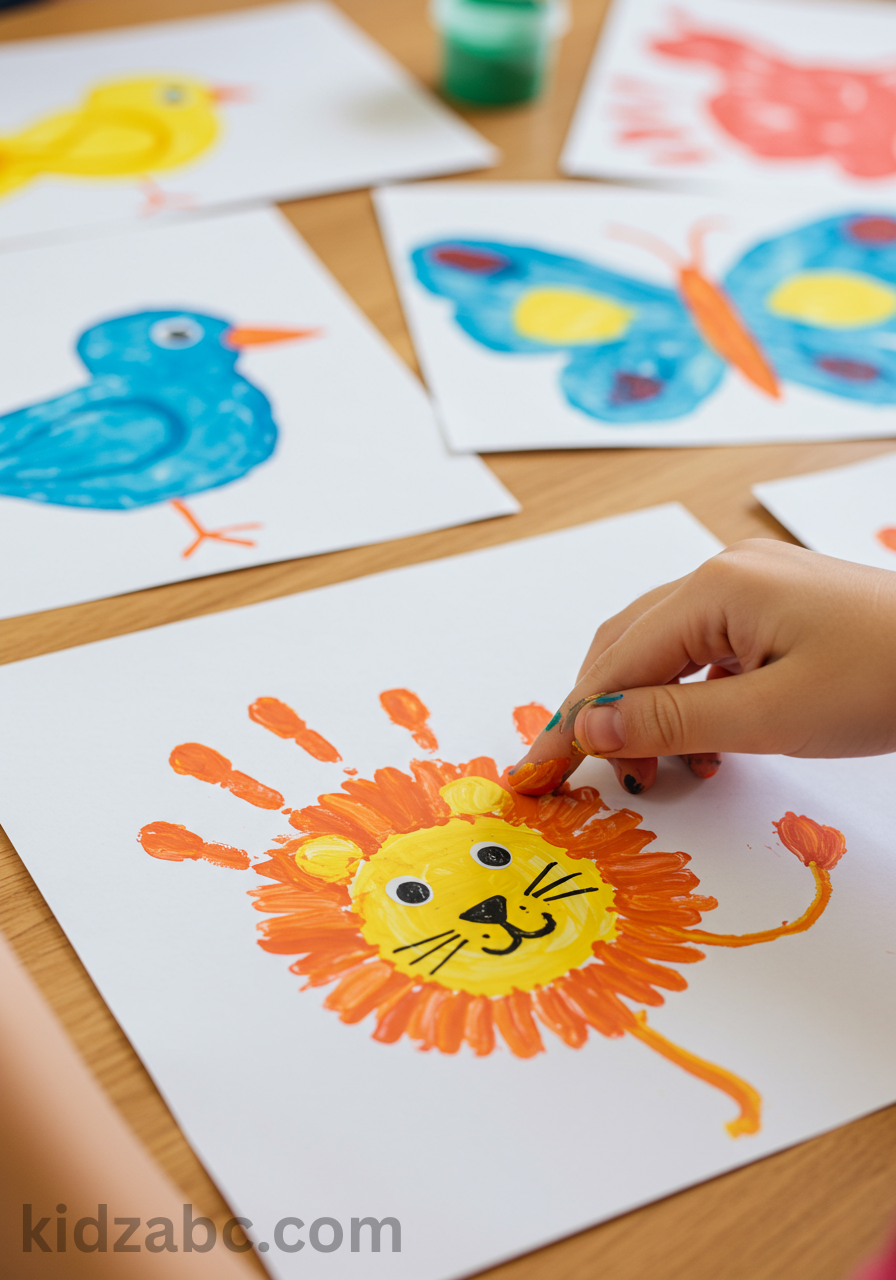
2. Paper Plate Masks
Making fun masks out of paper plates develops children’s imagination. They can imagine themselves as their favorite characters or animals.
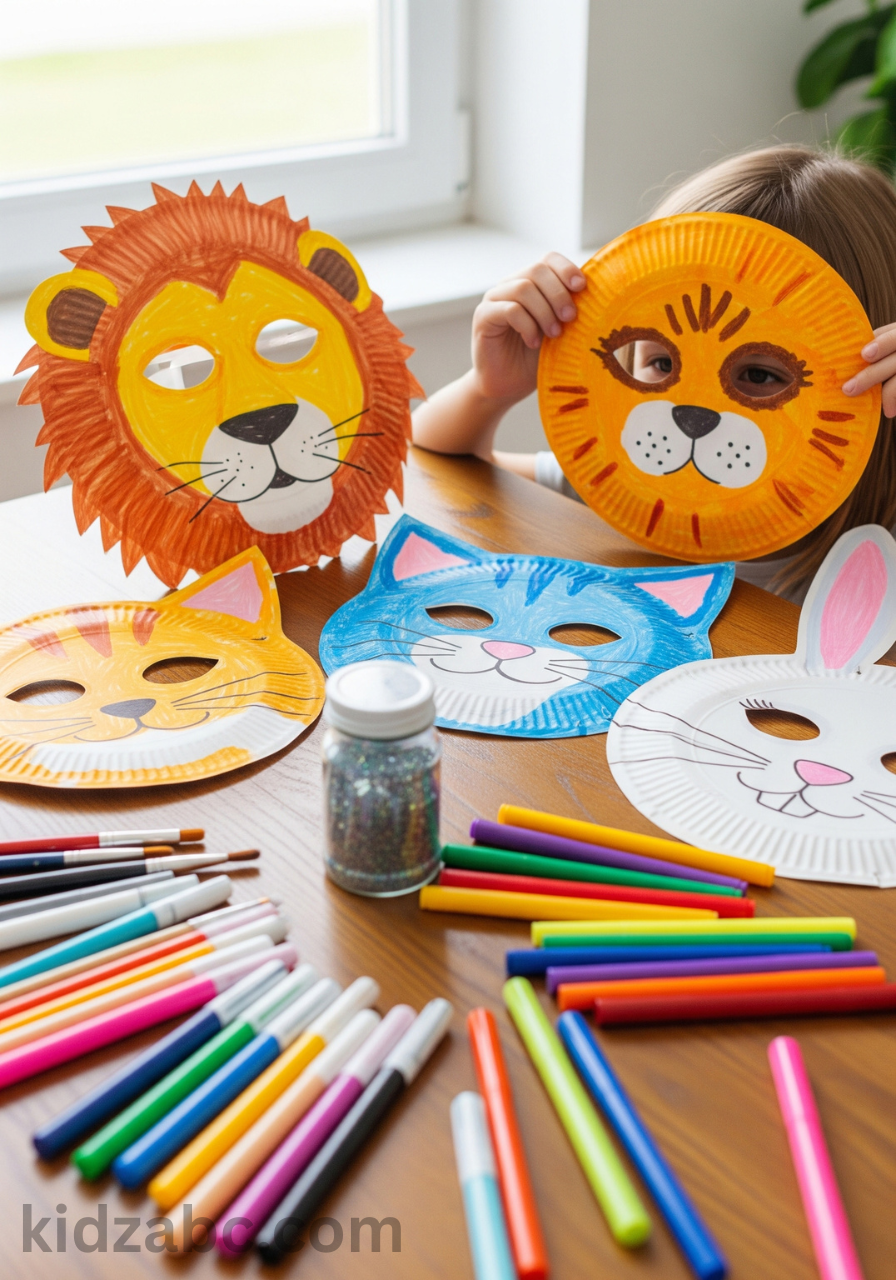
Materials: Paper plates, scissors (with adult supervision), paints or markers, elastic or thread.
Method:
- Cut small holes in the middle of the paper plate for the eyes and nose (adult help required).
- Draw your favorite design on the rest of the plate with paints or markers. You can make faces of different animals or cartoon characters.
- Make small holes on both sides of the plate and tie elastic or thread so that the children can wear the mask.
3. Pasta Necklaces
Making pasta necklaces helps children develop fine motor skills and can also be a lovely handmade gift.
Materials: Dried pasta in different sizes (such as penne, rigatoni), paint (optional), thread or elastic.
Method:
- If you want, you can dye the pasta in different colors and let it dry.
- Tie a knot in one end of a thread or elastic so that the pasta doesn’t fall off.
- Now let the children string the pasta one by one onto the thread.
- When the necklace reaches the length they want, tie a knot at the other end.
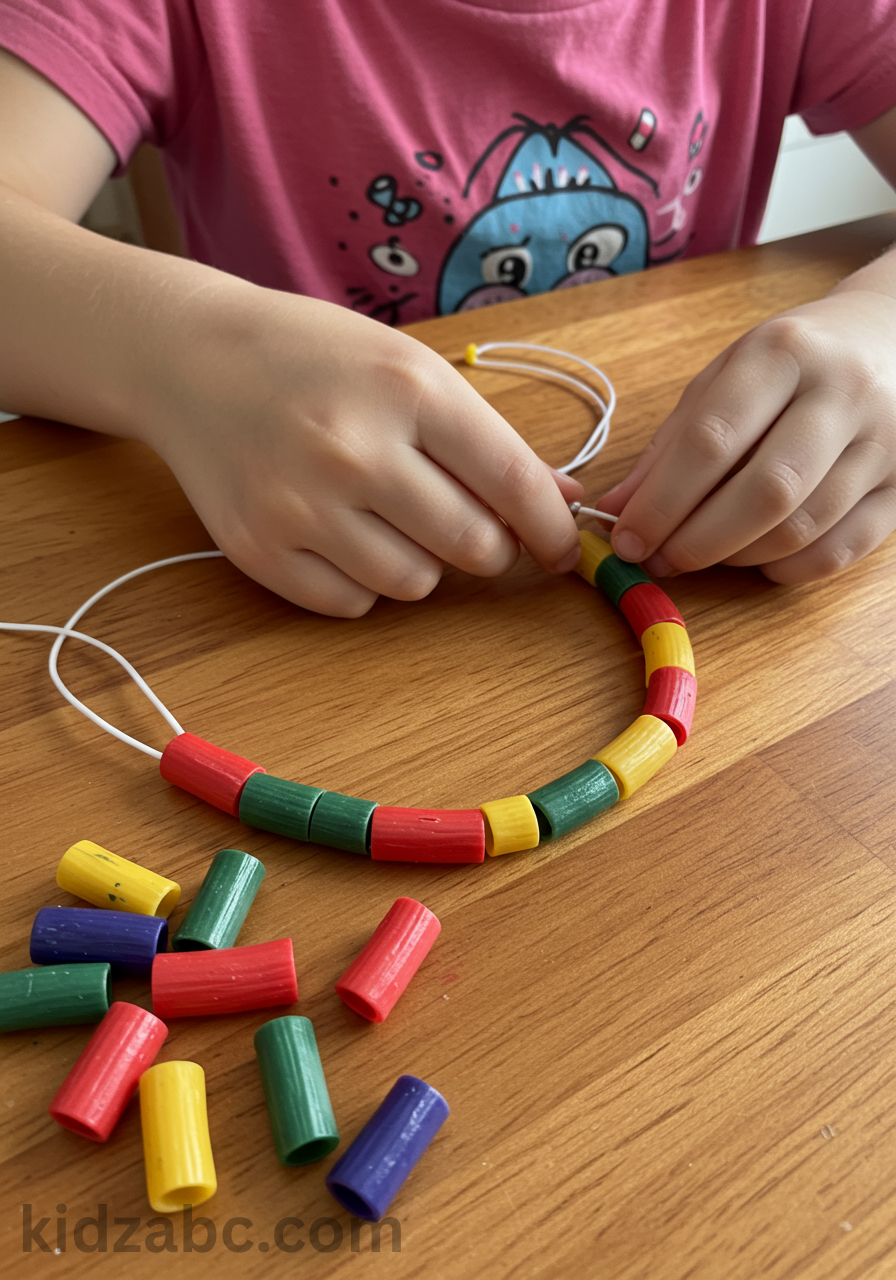
4. Playdough Creations
Making different shapes with Play dough helps children develop their creativity and hand muscles.
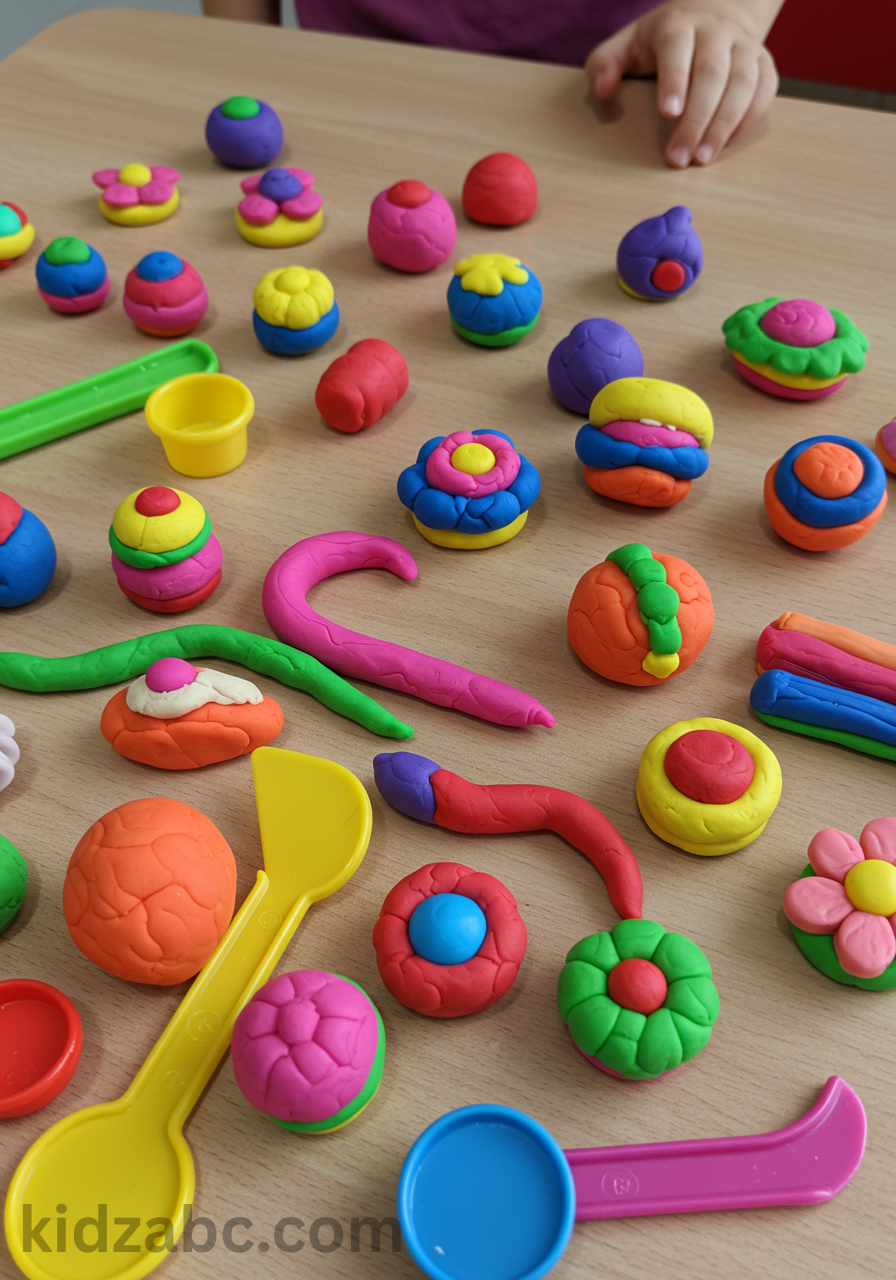
Materials: Playdoh (homemade or purchased), various cutters and tools (such as cookie cutters, plastic knives).
Method:
- Encourage children to make any shape they want with Playdoh.
- They can use different cutters to make different shapes.
- They can also create new things by combining small pieces of Playdoh, such as snakes, balls, or flowers.
5. Finger Painting
Drawing with fingerprints is a fun and sensory experience for young children.
Materials: Paper, different colors of watercolor or poster paint (non-toxic).
Method:
- Put small amounts of different colors of paint on the paper.
- Encourage children to draw with the paint using their fingers. They can create different shapes by dotting or dragging.
- This is a great way to introduce them to colors and textures.
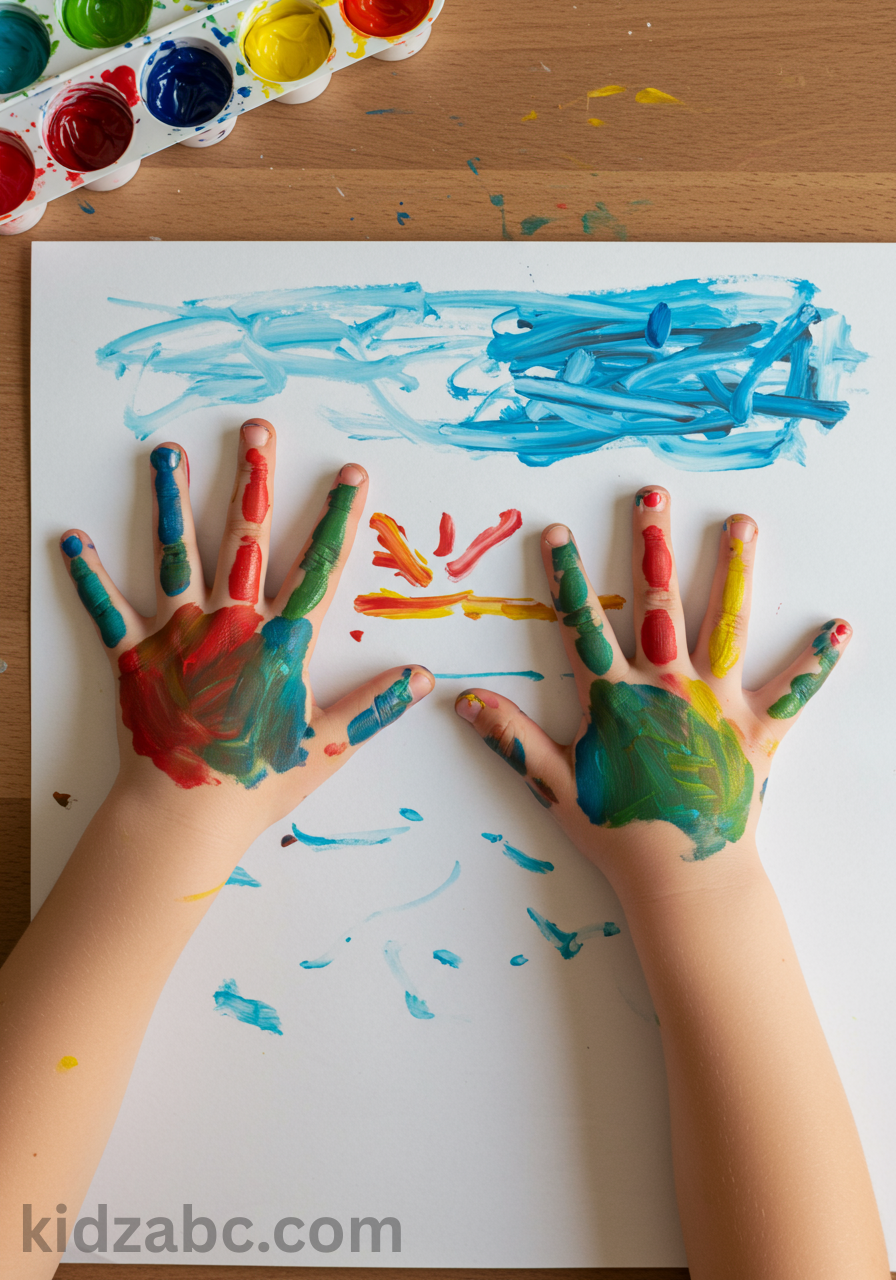
6. Nature Collages
Making collages using natural materials helps children develop an interest in nature.
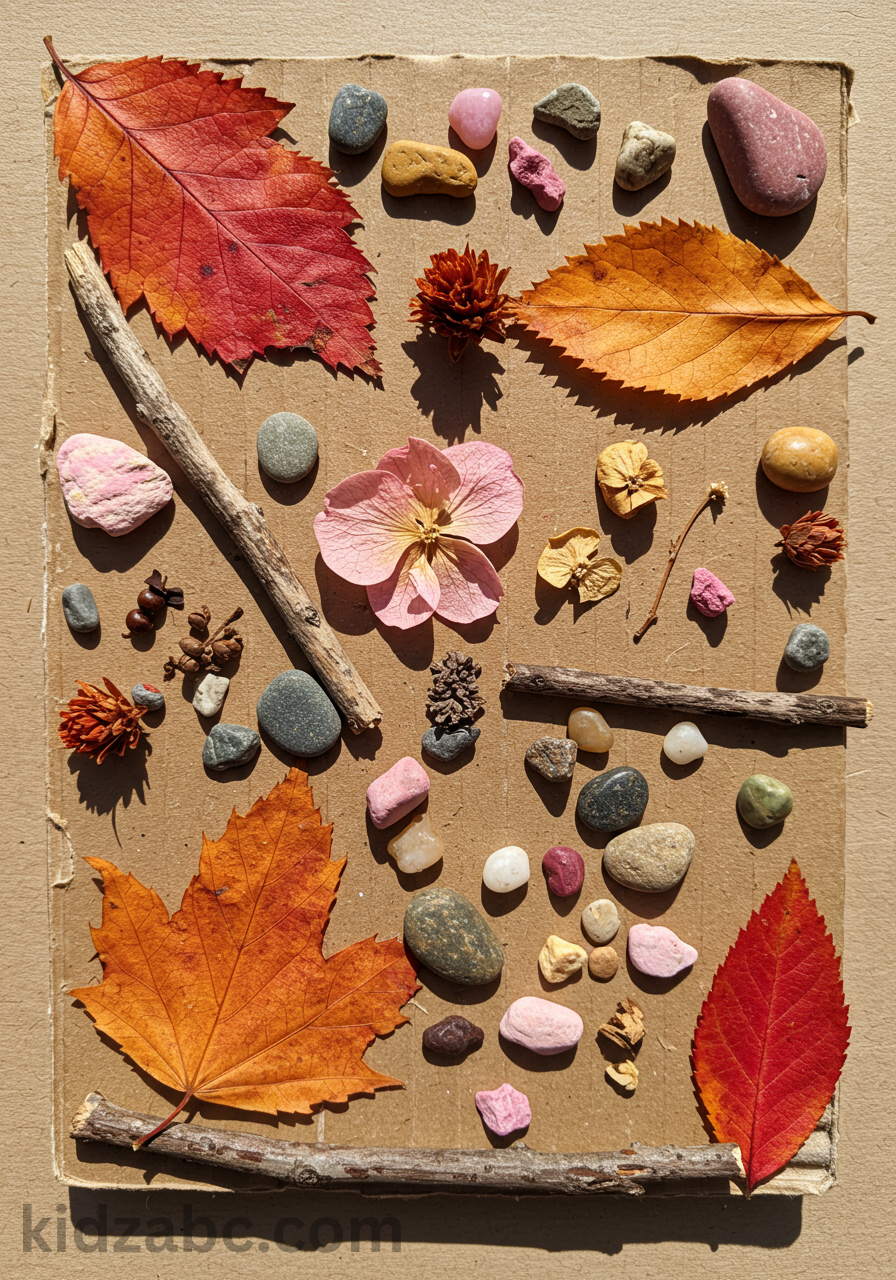
Materials: Paper or cardboard, glue, natural materials such as leaves, flowers, small twigs, seeds, stones, etc.
Method:
- Ask the children to go outside and collect various natural materials.
- Encourage them to glue the materials onto the paper and create a beautiful design with them.
7. Sponge Painting
Sponge painting is a fun and simple technique that helps produce a variety of textures.
Materials: Paper, different colors of watercolor or poster paint, sponge (cut into small pieces).
Method:
- Take a small amount of paint in a container.
- Dip the sponge pieces in the paint and shake off the excess paint.
- Then gently press the sponge onto the paper. Interesting designs can be created using sponges of different colors.
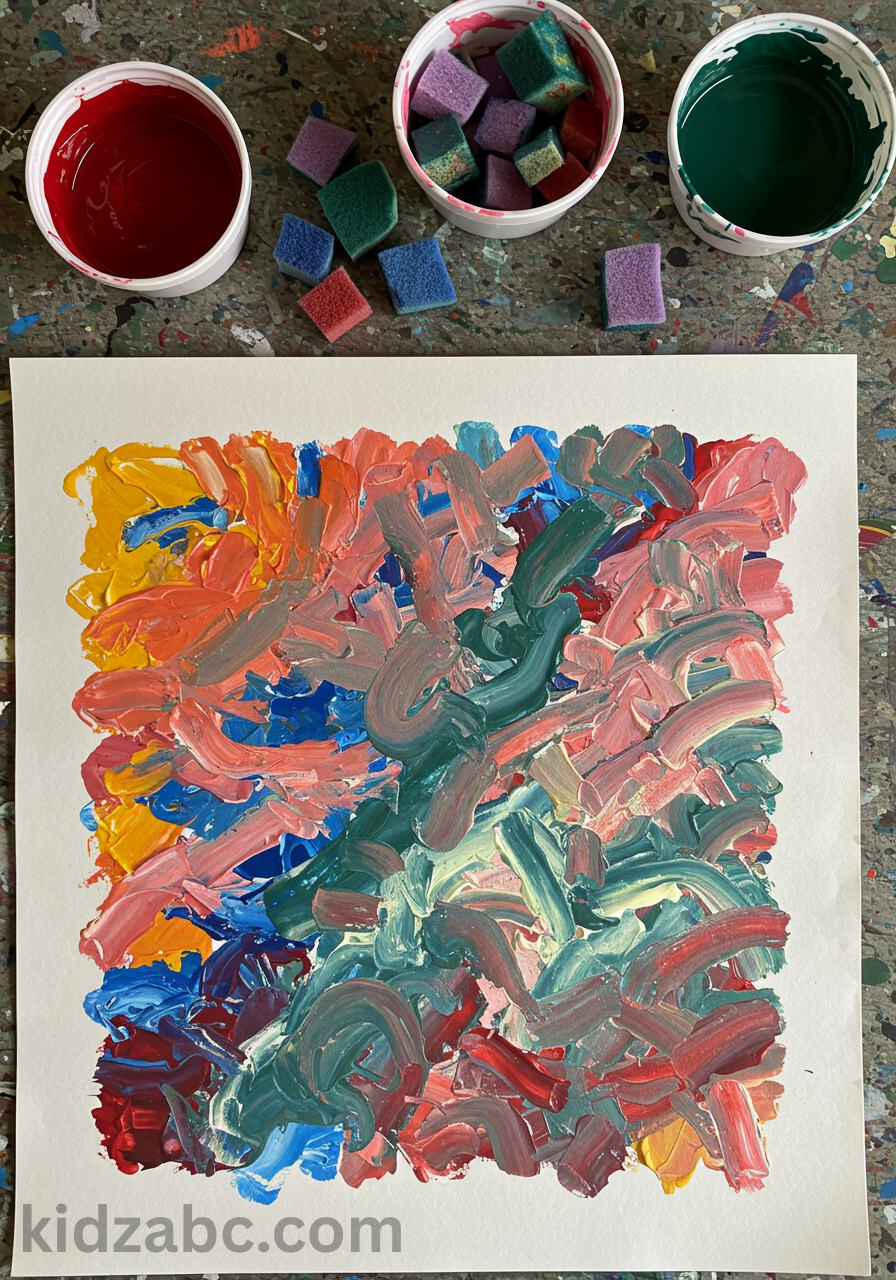
8. Paper Bag Puppets
Making paper bag puppets is a great way to tell stories and immerse children in the world of imagination.
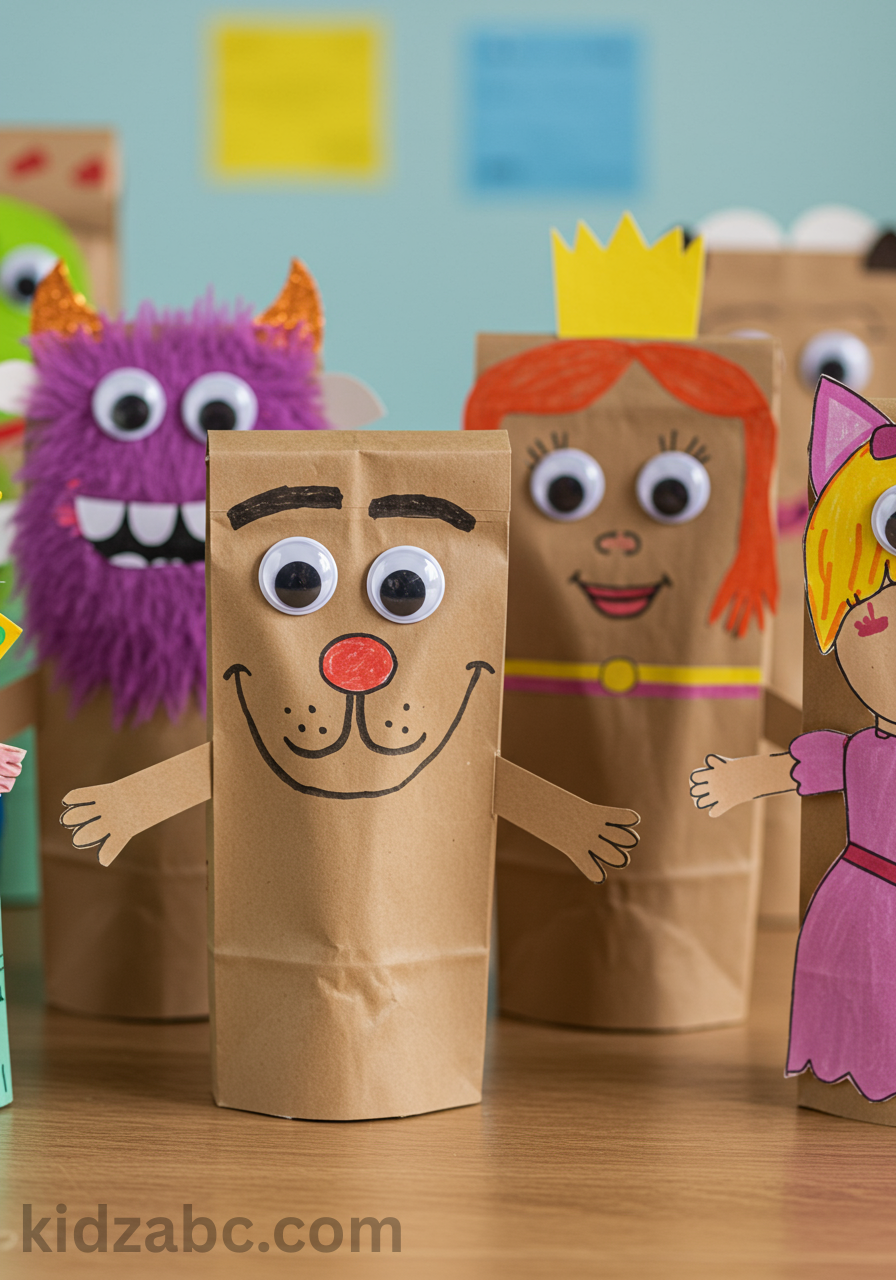
Materials: Paper bags (brown or white), paint, markers, glue, colored paper (optional).
Procedure:
- The bottom of the paper bag will be used as the puppet’s face. Draw eyes, mouth, and other features there with paint or markers.
- Cut out colored paper and make hair, ears, or other decorations and glue them to the bag.
- Children can create and act out short stories using the puppets they have made.
9. Cotton Ball Art
Making soft and textured pictures using cotton balls is a fun experience for preschoolers.
Materials: Paper, glue, cotton balls.
Method:
- First, draw a simple picture or design on paper (such as clouds, sheep, flowers).
- Then apply glue to different parts of the picture.
- Ask the children to take the cotton balls and place them on the glue. They can fill the entire picture with cotton balls.
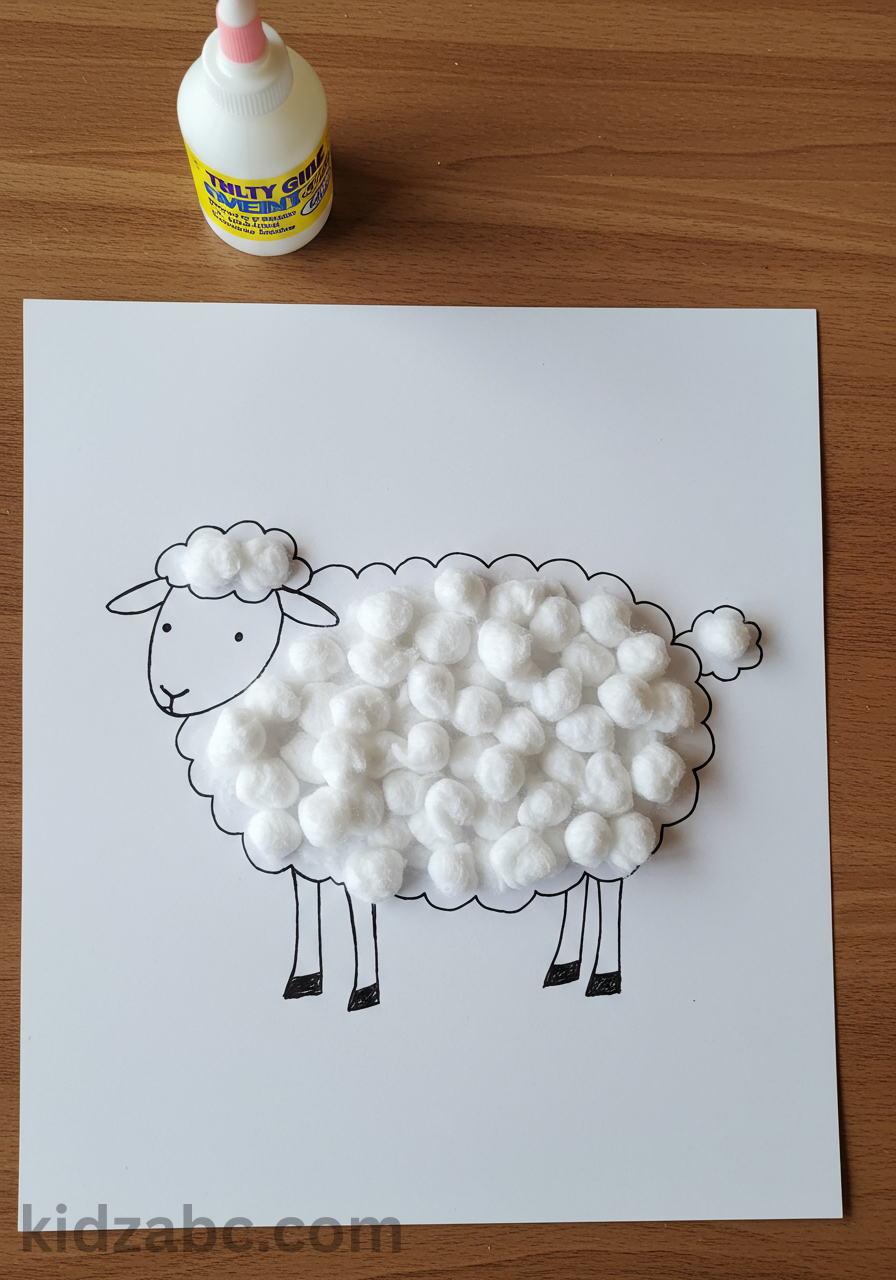
10. Simple Paper Weaving
Paper weaving is an easy craft that helps children learn patterns and fine motor skills.
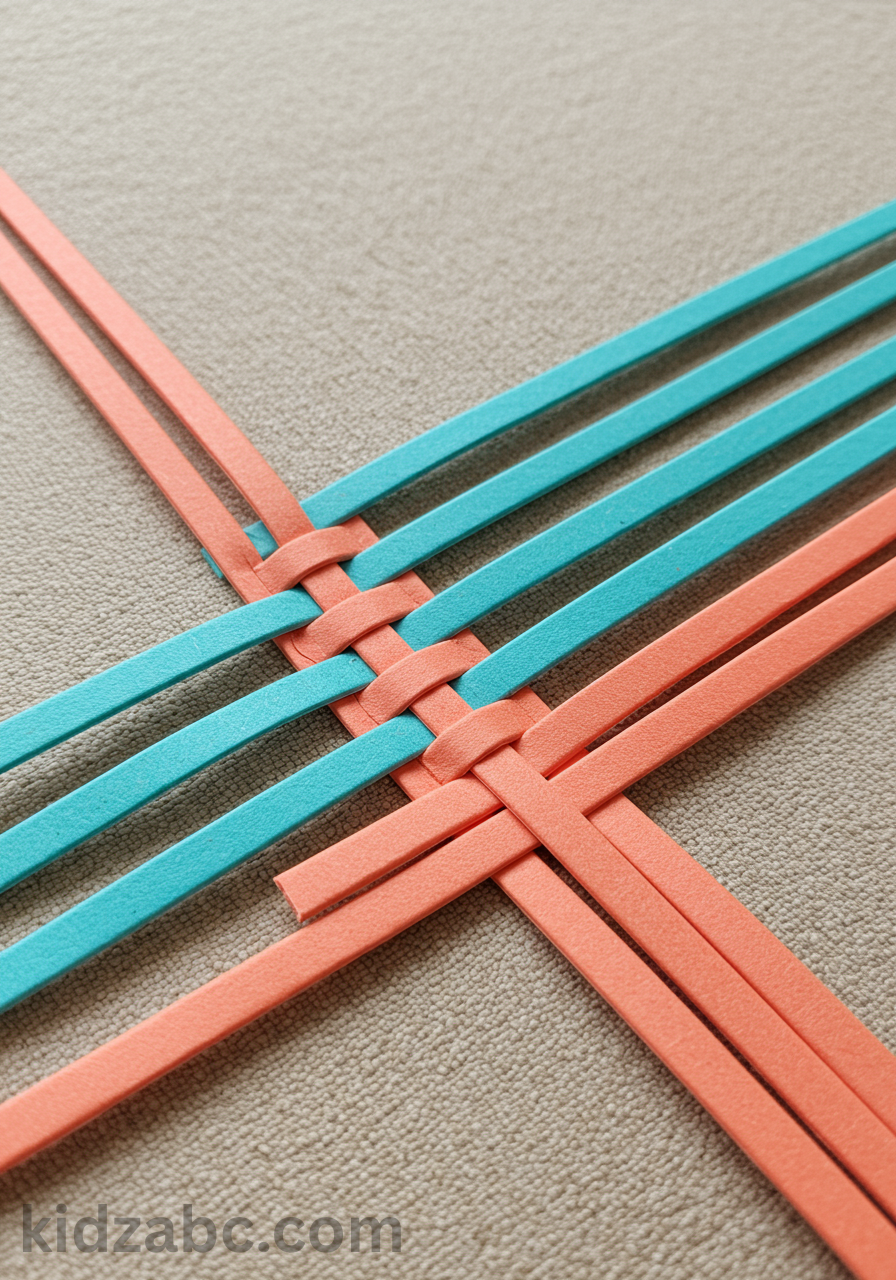
Materials: Two different colors of paper, scissors (with adult supervision), glue.
Method:
- First, cut one color of paper lengthwise into several strips (do not separate completely).
- Cut the other color of paper into long strips of the same width (they will be completely separate).
- Insert the second color of paper alternately through the first paper strips (one on top, one under the next).
- When the weaving is finished, glue the ends of the strips together.
In addition to being enjoyable, these 10 simple arts and crafts are crucial for preschoolers’ learning and growth. These exercises will teach them to use their small hand muscles, distinguish colors, comprehend shapes, and express their creativity.In summary, children greatly benefit from arts and crafts.
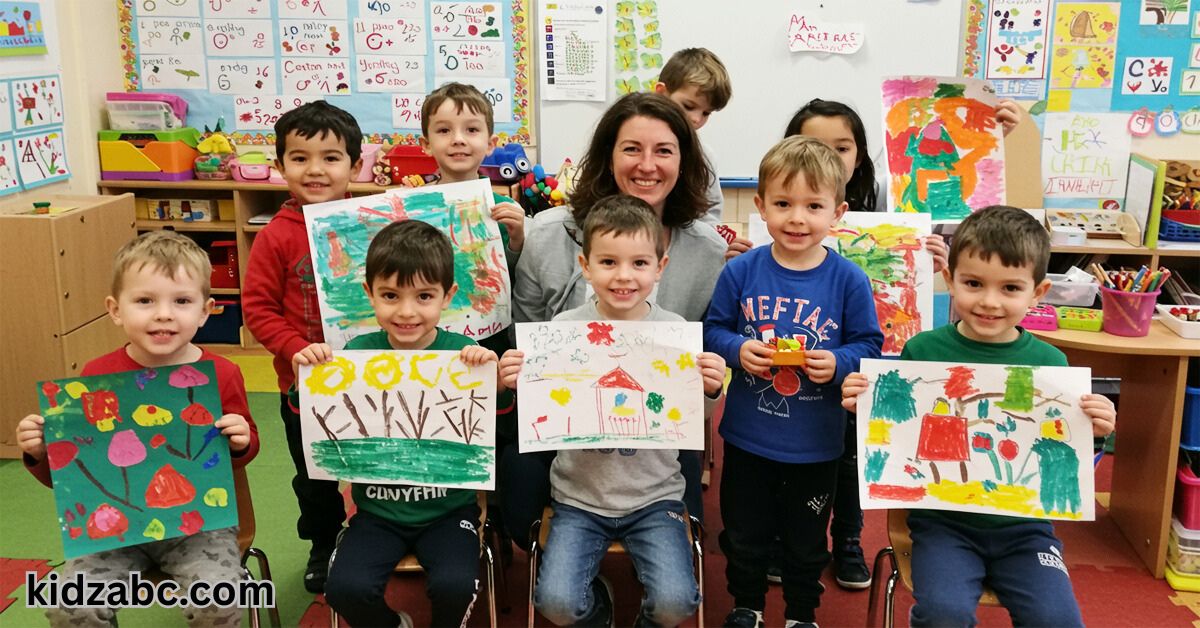
As a result, educators and parents ought to constantly engage youngsters in these kinds of imaginative pursuits.


